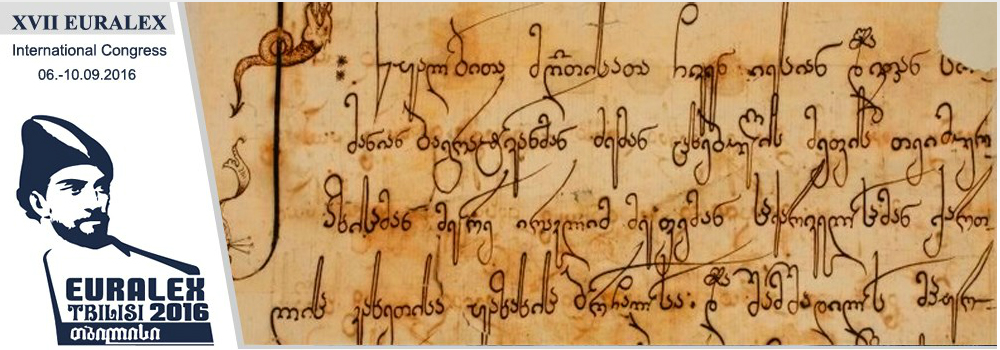Patrick Hanks (University of Wolverhampton, UK)
Three kinds of semantic resonance
Abstract
This presentation outlines the reasons why lexicographers of the future will need to pay attention to non-literal meaning.
Monolingual dictionaries aim to explain word meaning. In the English-speaking world at least, “explaining the meaning of a word” has been a task associated for at least 260 years with an assumption that each word has one or more literal meanings—denotations—each of which can be explained in terms of necessary and sufficient conditions for set membership. A definition of the word ‘tiger’, it was assumed, would be a statement of conditions that would identify all and only tigers. Such assumptions can be traced back at least as far as the philosopher Gottfried Wilhelm Leibniz (1702-4).
Since 1970, work in philosophy of language, anthropology, cognitive linguistics, and corpus linguistics has called into question all such assumptions.
The philosopher Hilary Putnam (1970) argued that traditional theories of meaning “radically falsify” the properties of ordinary everyday words such as lemon and tiger, insofar as such theories require (or appear to require) a statement of necessary and sufficient conditions for being a tiger or a lemon. The anthropologist Eleanor Rosch developed prototype theory, arguing that human beings build concepts around prototypes, rather than by defining conditions for set membership. The cognitive linguist George Lakoff argued that “Our ordinary conceptual system, in terms of which we both think and act, is fundamentally metaphorical in nature” (Lakoff and Johnson, 1980). The corpus linguist John Sinclair drew attention to the tension between what he called “the terminological tendency” (the tendency of words like ‘elephant’ to have an identifiable meaning in isolation) and “the phraseological tendency”, where the meaning of a word is dependent on the context in which it is used. An example (from Hanks, 2012) of a word whose meaning is phraseologically determined is ‘shower’. Is a shower a weather event or a fixture in your bathroom? More fundamentally, is its grammatical function that of a noun or a verb? Until we know the context in which ‘shower’ is being used on any given occasion, we cannot even begin to answer such questions. Sinclair went on to argue (1998) that “many, if not most, meanings require the presence of more than one word for their normal realization”.
Lexicography has been slow to respond to these developments. Only the Cobuild series of dictionaries, of which Sinclair was editor-in-chief, made a serious attempt to identify patterns of phraseology associated with the different sense of content words. The original Collins Cobuild English Language Dictionary (1987) was the first dictionary to be “driven” by corpus evidence. The explanations attempt to identify informally the phraseology associated with each meaning of each word, and the examples are taken directly from corpus data.
It seems clear from all this that future dictionaries must be built on new foundations. Not only must any new dictionary take account of phraseology, but also In Hanks (1994, 2012, 2013), I argued that a natural language is a system of human behaviour governed by not one but two systems of rules. The first set of rules govern “norms”—utterances (or aspects of utterances) that are “normal”—i.e. conventional in wording and meaning are grammatically, semantically, and collocationally well-formed. The second set of rules govern creative uses of words.
In this presentation, I explore creativity in association with the use of words, and I ask, what should dictionaries do about this aspect of language? Creativity can be associated with cognitive resonance. Three kinds of cognitive resonance are identified. Examples are given, taken from corpus data and from other literature. They are:
- Verbal resonance (including metaphor and other kinds of figurative language)
- Experiential resonance (words and phrases such as summer, which activate sensory memory)
- Intertextual resonance (words and phrases taken from previous users, ranging from Shakespeare and the Bible and other great writers, to the causal or imaginative coinages made by friends, family, and colleagues)
The full presentation will give as many examples of each kind as time allows. It will suggest a variety of possible actions that could be taken by dictionaries, especially on-line dictionaries, to illustrate the rich cognitive potential of ordinary words in these respects. |



